Spanish Guitar
 RECORD STORE DAY
RECORD STORE DAY
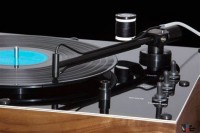
FREE professional clean+inner+PVC outer all USED LP purchases until end of April.
 Next Posting Day
Next Posting Day
 About Us
About Us
 Contact
Contact
 FAQ
FAQ

Do you want to know how to change your password or amend a submitted order? Queries about shipping, Paypal and the answer to many others can be found on our updated FAQ page!
Top Sellers
New Arrivals
-
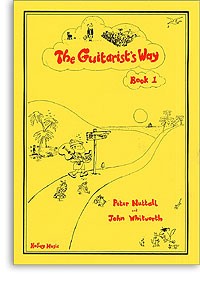
The Guitarist's Way, Book 1...
-
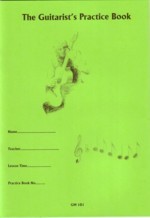
The Guitarist's Practice Book...
-
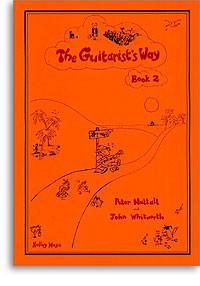
The Guitarist's Way, Book 2...
-
![The Young Guitarist's Progress: Part 1 [GM6] available at Guitar Notes. The Young Guitarist's Progress: Part 1 [GM6] available at Guitar Notes.](/images/prod47_GM06-3.jpg)
The Young Guitarist's Progress: Part 1 [GM6]...
-
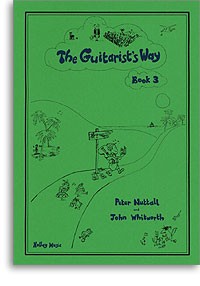
The Guitarist's Way, Book 3...
-

...
-
![The Young Guitarist's Progress: Part 2 [GM7] available at Guitar Notes. The Young Guitarist's Progress: Part 2 [GM7] available at Guitar Notes.](/images/prod16_gm07.jpg)
The Young Guitarist's Progress: Part 2 [GM7]...
-
![The Guitarist's Progress, Book 1 [GM1] available at Guitar Notes. The Guitarist's Progress, Book 1 [GM1] available at Guitar Notes.](/images/prod33_gm01.jpg)
The Guitarist's Progress, Book 1 [GM1]...
-

Simply Spanish...
-
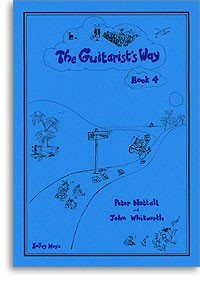
The Guitarist's Way, Book 4...



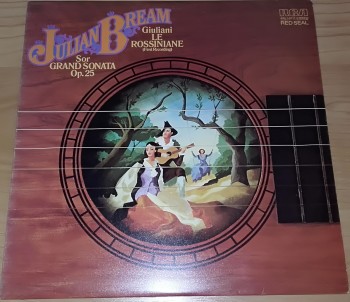
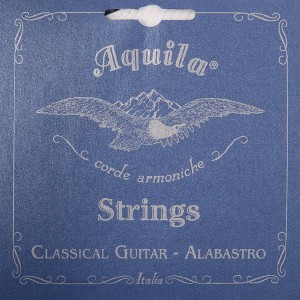
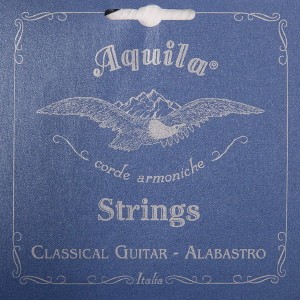
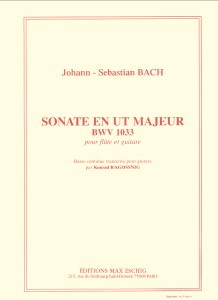
![BACH: Complete Lute Suites [CD] available at Guitar Notes. BACH: Complete Lute Suites [CD] available at Guitar Notes.](/images/prod15_VC90717-2.jpg)

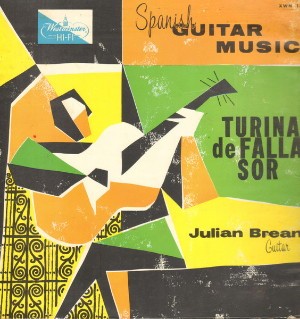
![Sans domicile fixe [CD] available at Guitar Notes. Sans domicile fixe [CD] available at Guitar Notes.](/images/prod31_GHA037.jpg)
![Period Pieces (solos) Books 1-3 [complete -20%] available at Guitar Notes. Period Pieces (solos) Books 1-3 [complete -20%] available at Guitar Notes.](/images/prod13_GM_PP.jpg)
![Period Pieces (solos) Book Three [GM56] available at Guitar Notes. Period Pieces (solos) Book Three [GM56] available at Guitar Notes.](/images/prod01_GM56_300.jpg)